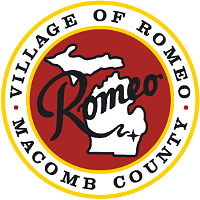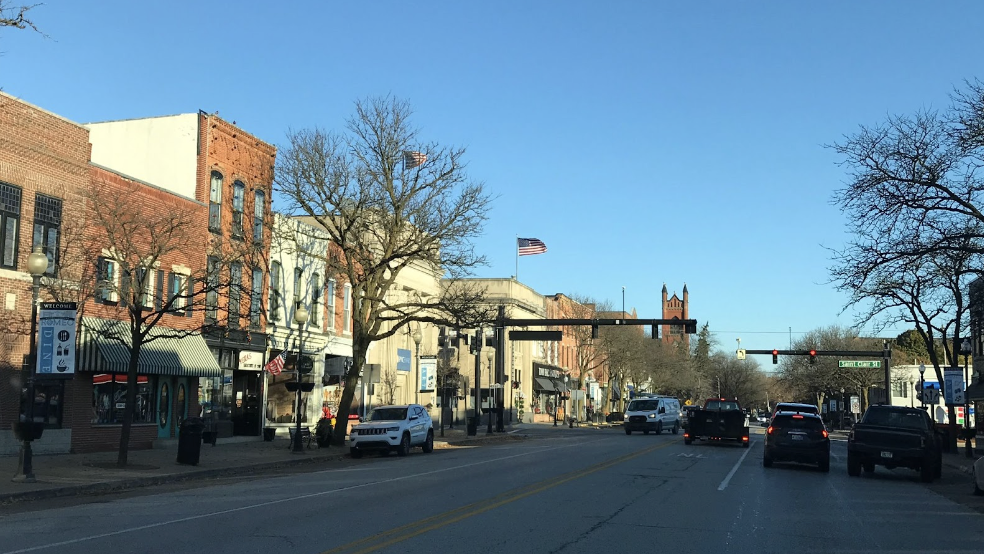Seed Grant Summer 2024 Report
Ashley Cerku
Background
Downtown Main Street. A few images may come to mind, but that image is different for everyone because we all have various experiences and perceptions. Like any historical record, many small towns have a homogenized history—one that is recorded by those in positions of power and lacking in diversity. In some places, there may be political, social, or religious interests as well that shape Main Street. With attempts to revitalize or bring tourists to their downtown areas, some post-industrial small towns are continuing to retell the history told by those in power in order to simply survive. But, this problem is not new. These attempts rely on an idealized past, which prompts issues in creating an imagined sort of Main Street in a historical way.
The problem with developing content to share with tourists is access, specifically accessing a more diverse history. Technology can be used as a bridge between what is already in downtown archives and what tourists are looking to learn about that destination. A digital platform would allow for immersion into Main Street history and would provide an opportunity for the community to share other narratives or heritage artifacts, broadening the historical narrative to include more diverse voices.
Project Description
My dissertation project, titled Memory Lane,is a digital humanities project that employs public humanities, specifically public history and anthropology. The goal of this project is two-fold: (1) provide an example of an approach to immersive educational digital heritage experiences and (2) provide access to heritage through the use of digital methodologies for tourists to engage with that heritage. The question guiding my research is how can we critically integrate what communities already have preserved into a more inclusive and accessible digital public history project?
For this case study, I am using semiotics as a theoretical framework to talk about the different layers there are to a physical cultural space. I will also be using historical photographs to allow for more narratives, potentially competing ones, to come to light and those cultural layers bring about different historical and personal meanings to a space. I chose Romeo, Michigan as a location to investigate the semiotic landscape and these competing histories because of its preserved history, established archives, and development of tourism efforts. These multiple audiences bring about an opportunity to share and understand diverse narratives. My project is still developing, but I will create a public website with the use of different digital tools, including digitized archival documents and historical photographs, augmented reality software, geographical mapping, and a portal for the public to add to the town’s history by sharing their own narratives.


I applied for the DH Seed Grant to help fund my summer fieldwork. I first started by creating a general website that participants could reference if they wanted to know more about my project. I also used it as another way for people to access my survey (which was also distributed via flyers).

I then reached out to every business on Main Street via email–this included finding locations on Google maps, searching their website for their contact information, sending the email, and then keeping extensive records of who I contacted, the dates of any email communications back and forth, and any meetings I scheduled. In total, that started at about 60 emails. However, that number continued to grow from there. I then reached out to the village’s chamber of commerce and DDA board to which I received much interest for me to come and talk at meetings and to host interviews. I have since conducted interviews with the village President, DDA members, Lions Club, business owners, and residents. I also began to digitize historical photographs from some of the interviewees and explored the Library’s online archival database. I had plans to visit the Historical Society’s archives (as their collection is not digitized at this time), but their location flooded over the summer and they are still working on repairs, so that task is still pending.
The interviews have been very enlightening for me, not only as a history buff, but also as a researcher. They provide a space for people to share their personal histories and memories of Romeo. One central question I ask in every interview is “When you hear the name Romeo, what is the first memory that comes to mind?” One participant said “Sundays dinners at my grandmother’s,” another said “the smell of the bakery through their grandparents’ apartment window,” and another said that they remembered being in the local diner feeling the crisp denim of their new blue jeans on the first day they allowed boys to wear them to school. All of these memories and stories matter, and my hope is that this project offers an opportunity to weave these narratives into the larger central narrative of Romeo, offering a more diverse and accessible history.
Outcomes
The intended outcome of this project is to provide a model on how to critically integrate what communities have already done for heritage preservation into a more inclusive digital public history project. With the use of semiotics as a theoretical framework, I am investigating how different narratives and memories help define different social spaces on main street. Through an ethnographic methodological approach, I will continue to research Romeo’s history and tourism efforts to better understand (1) what approaches they have done so far and (2) what information community members and tourists are currently seeking. This will allow for a deeper understanding of how to connect narratives of the past to those in the present. The final product will be a website that spotlights the diverse history and narratives of Romeo, Michigan. The use of digital technologies will help multiple audiences discuss a main street history that is more reflective and inclusive of multiple narratives.
Future Directions
I plan to finish conducting interviews and scanning archival documents and historical photographs by the end of this semester. I am also currently drafting three publications about this project—one examining semiotic landscapes through an anthropological lens, one on the digital humanities approaches used, and one about Romeo, Michigan as a case study—which will add to pertinent literature in these fields, demonstrate an interdisciplinary approach to creating digital public history projects, and inspire others to become more involved in heritage preservation efforts. Over the holiday break and into the beginning of the spring semester, I will be creating the website. The goal is to have it available to the public by May or June 2025, as that will be after defending the entire dissertation project.
Memory Lane will be a digital heritage and public history project that promotes access to multiple narratives about different social spaces on Main Street. Because of the integration of ethnography, public history, digital heritage, and tourism, this project will critically analyze how to better integrate erased or contradictory narratives and mitigate homogenized approaches to tourism in post-industrial small towns.